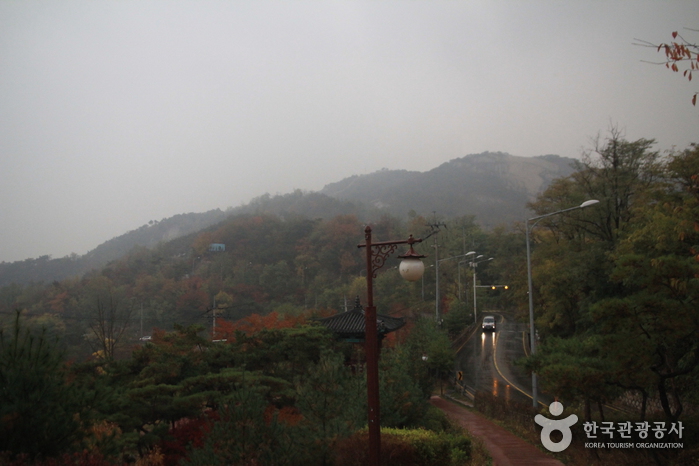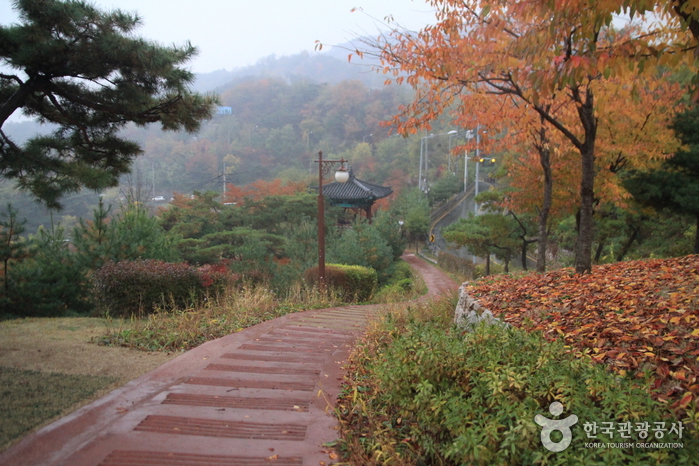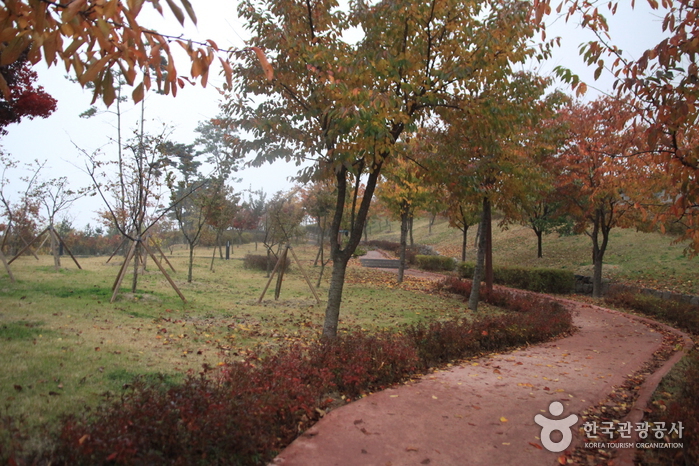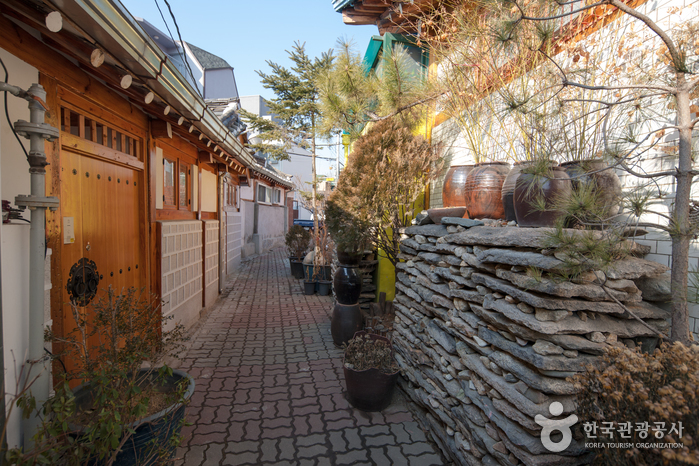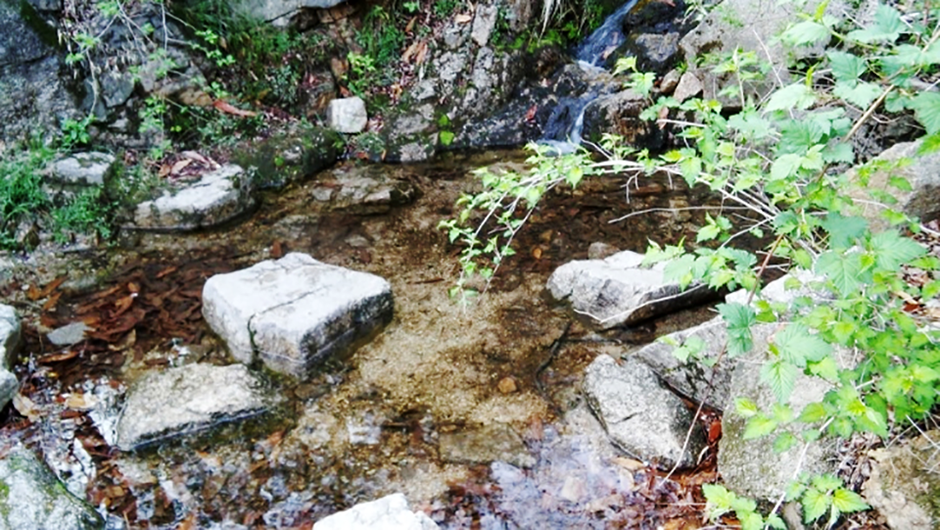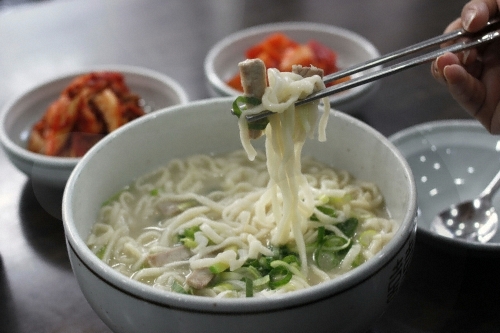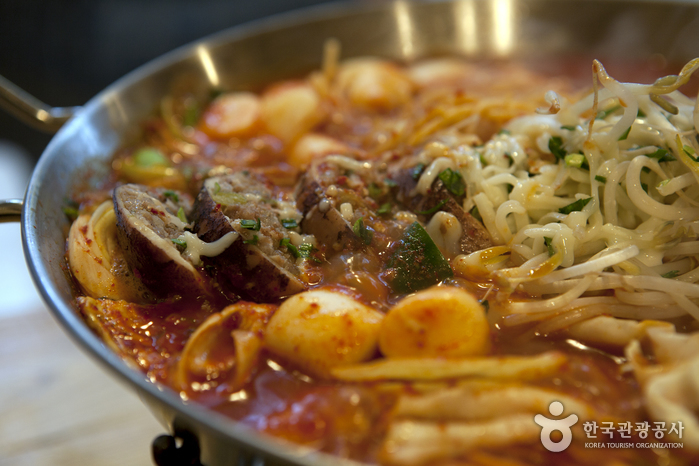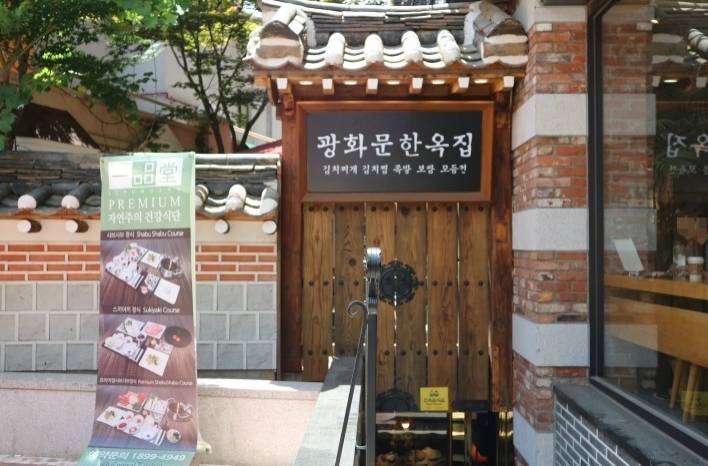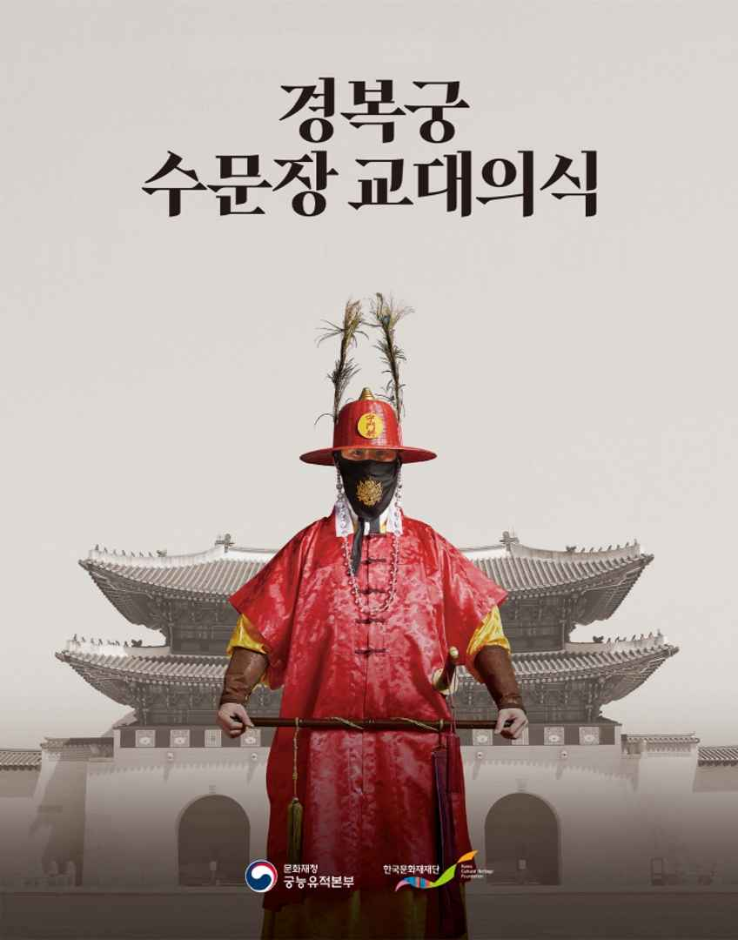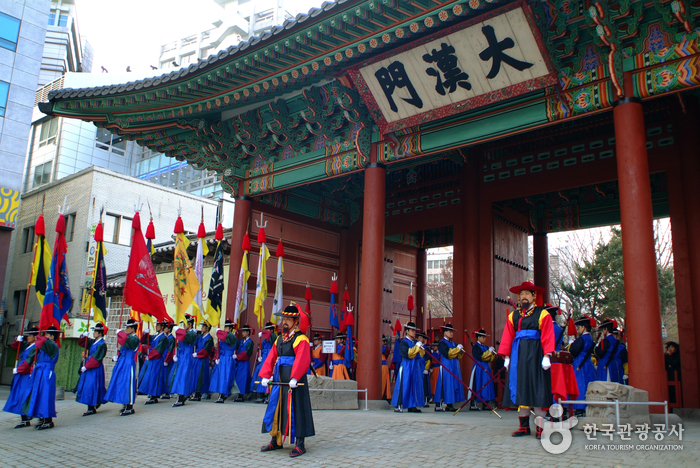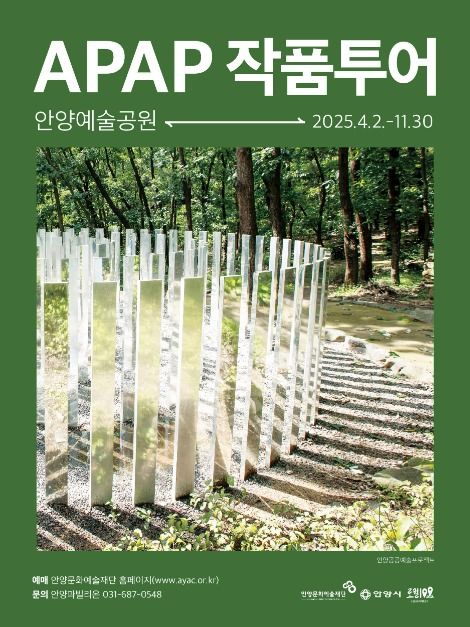Inwangsan Mountain
인왕산
📍 San 2-1, Muak-dong, Jongno-gu, Seoul
Introduction
Inwangsan Mountain is a rocky mountain located to the northwestern side of Seoul. It stands 338m tall. The Seoul City Wall is built along its ridge, connecting to the Baegak Mountain Trail. From the summit, one can see the three mountains of Naksan Mountain, Namsan Mountain, and the Bugaksan Mountain surrounding the historical center of Hanyang, the historical name for Seoul in Joseon period, with the Gyeongbokgung Palace at the center. There are five hiking trails, all taking about two hours to complete. It takes about three hours if you want to visit all the peaks of the mountain.
Telephone
Homepage
🗺 Location
San 2-1, Muak-dong, Jongno-gu, Seoul
✏ Details
Available Facilities
Inwangsan Park
Admission Fees
Free
🔎 Information
Inquiries
+82-2-730-9924
Parking Facility
Not available
Closed
N/A (Open all year round)
Opening Hours
Open 24 hr
Experience Guide
Not available
